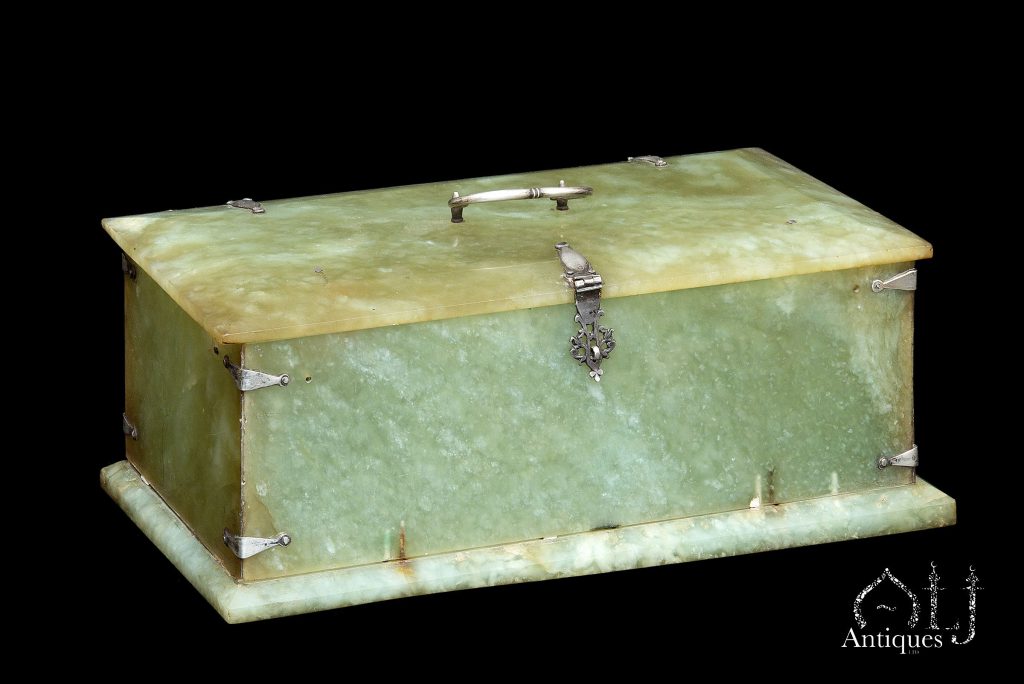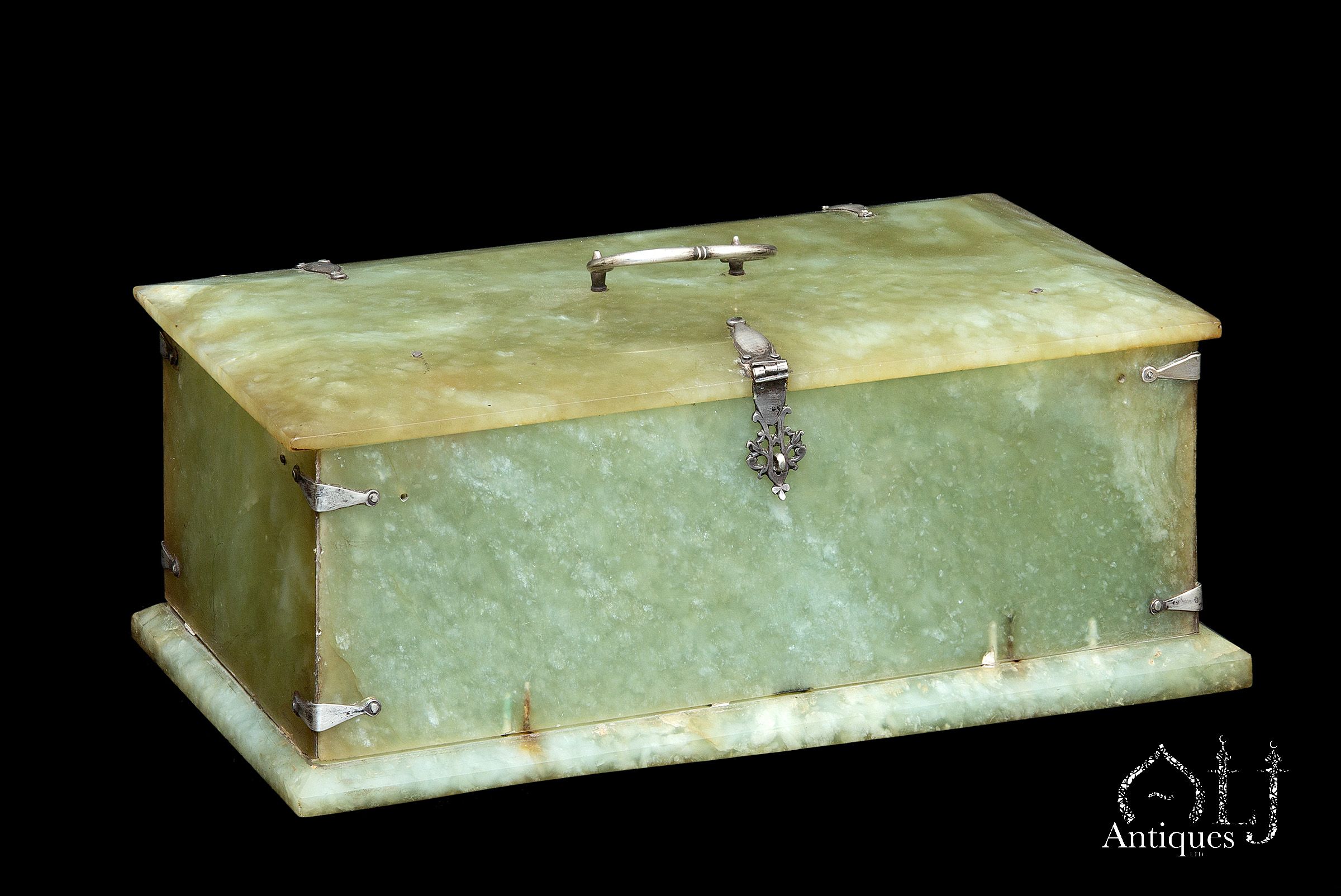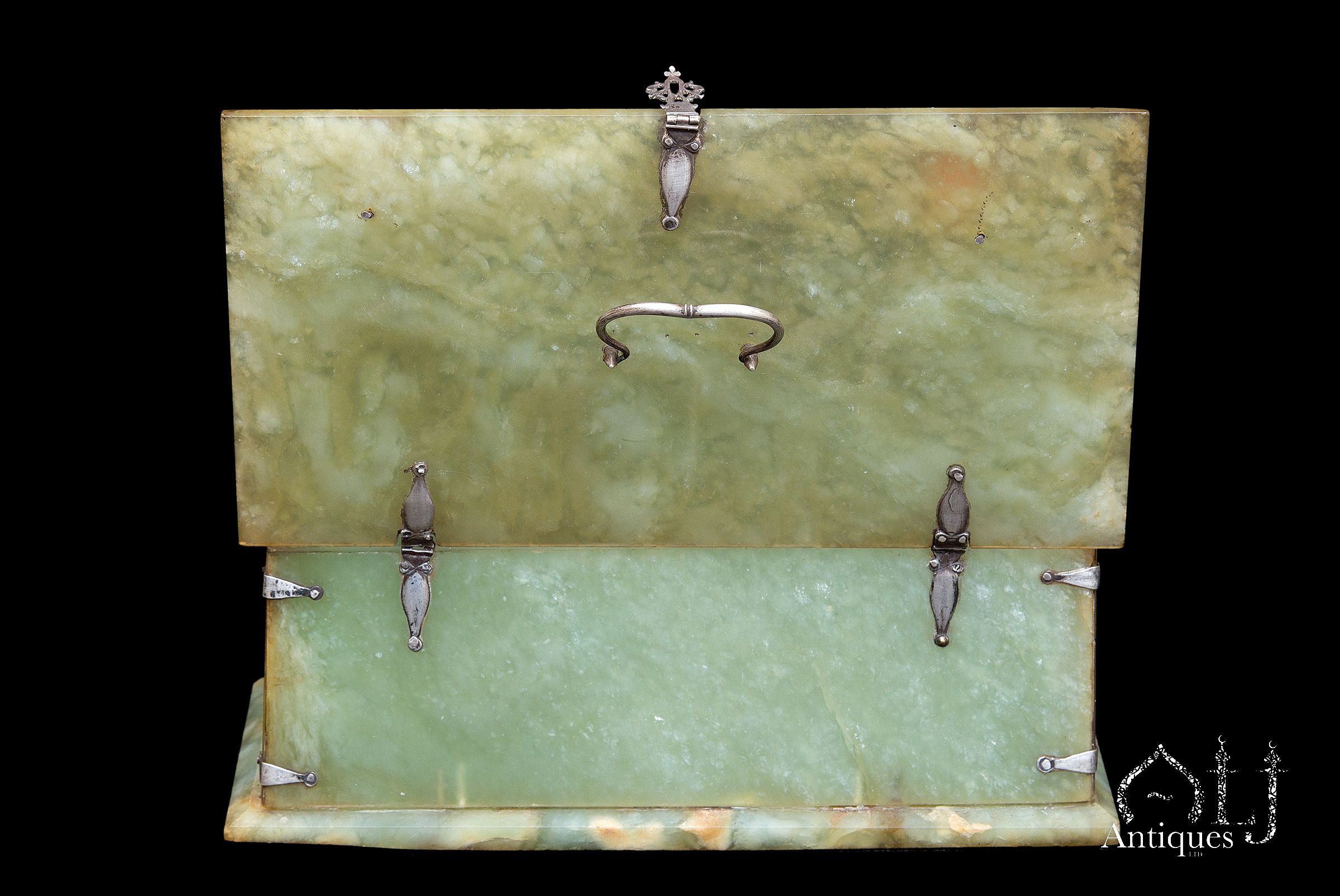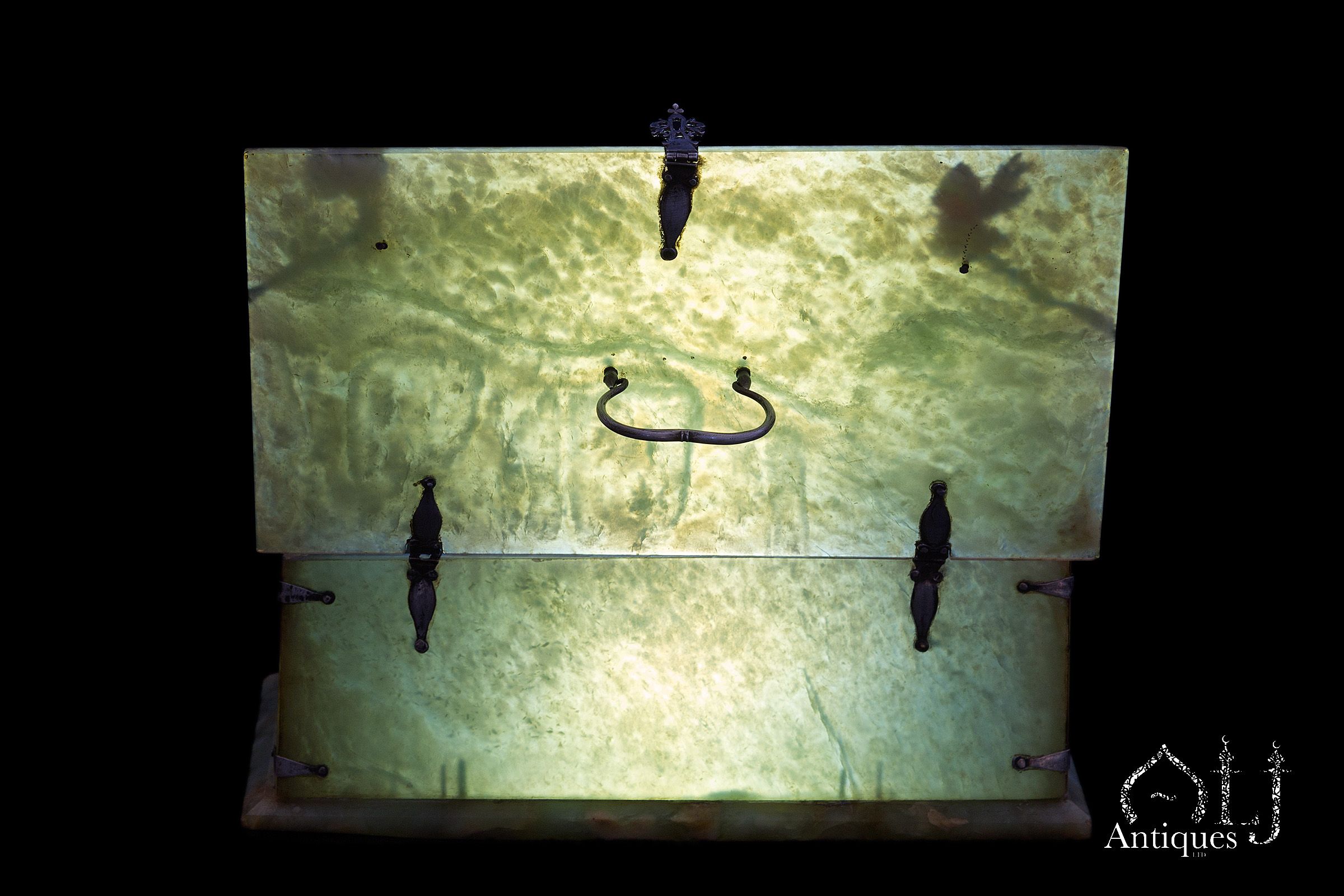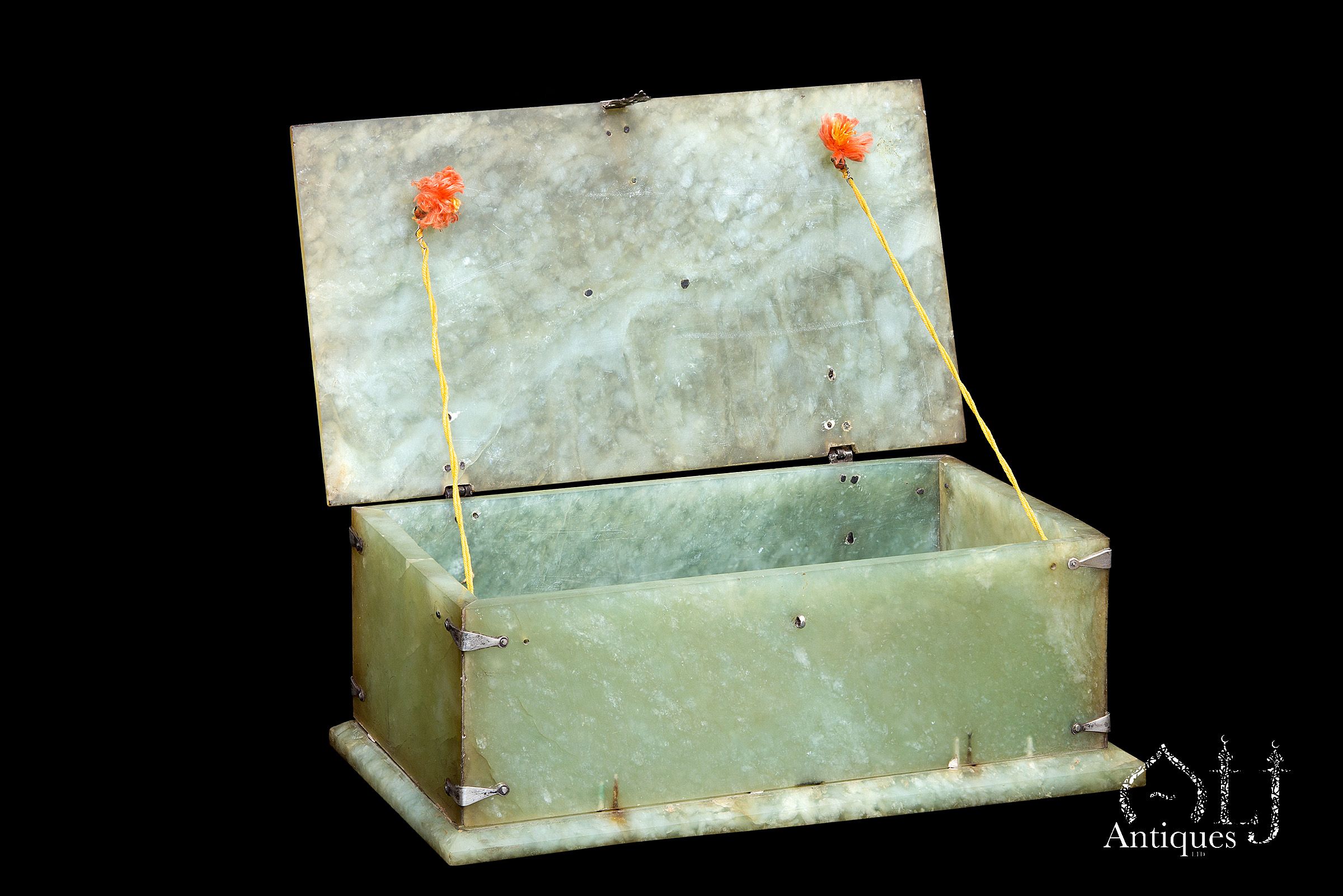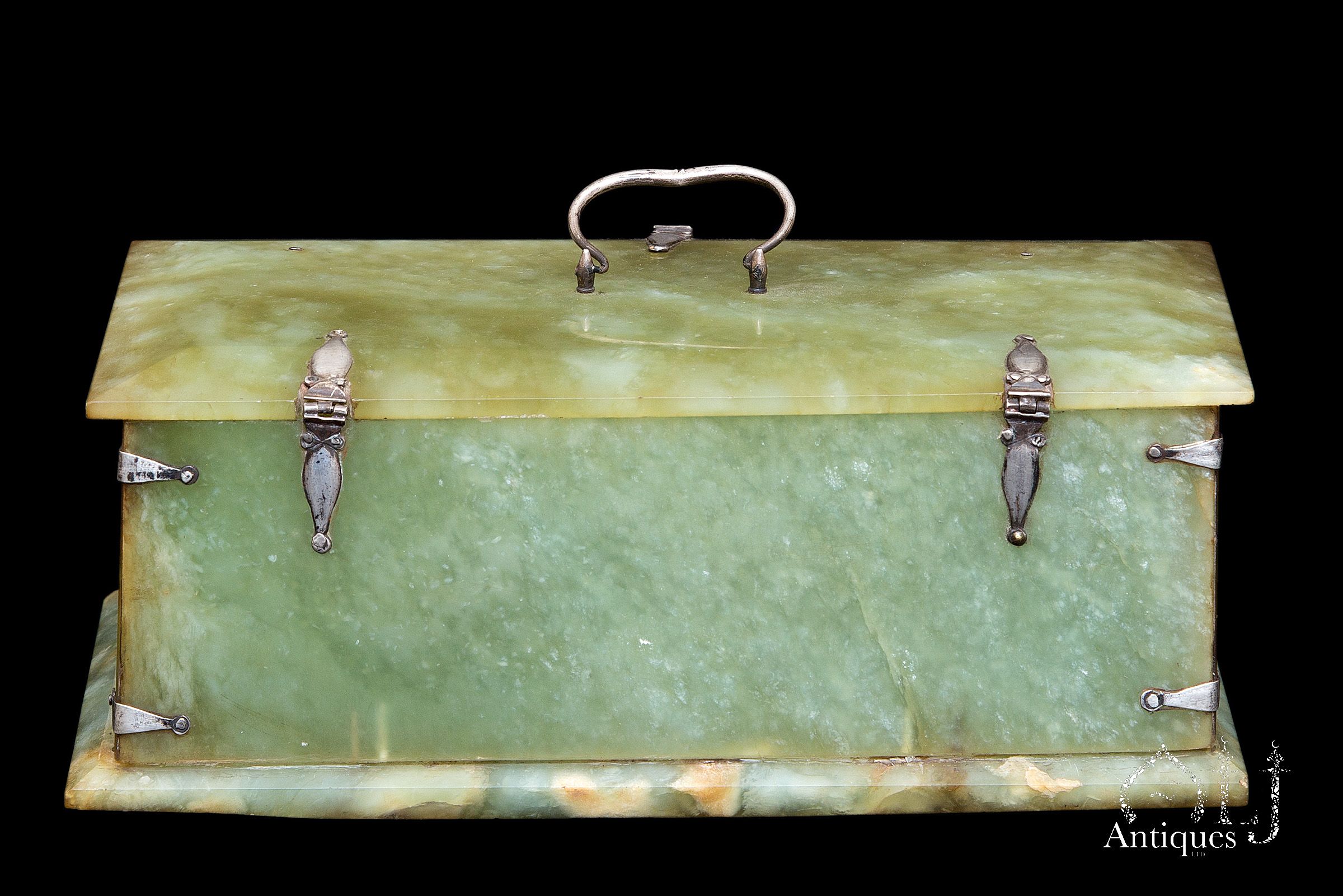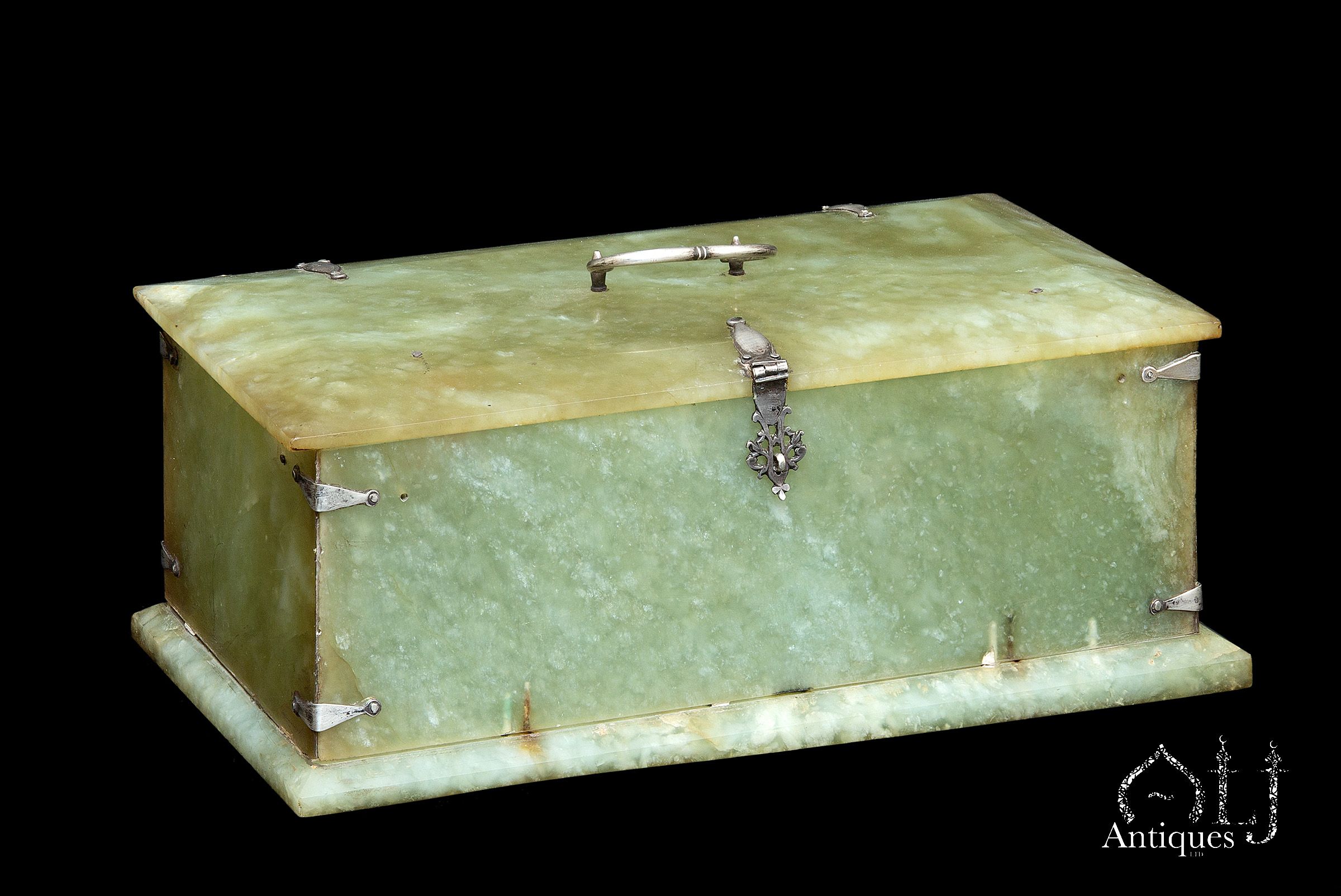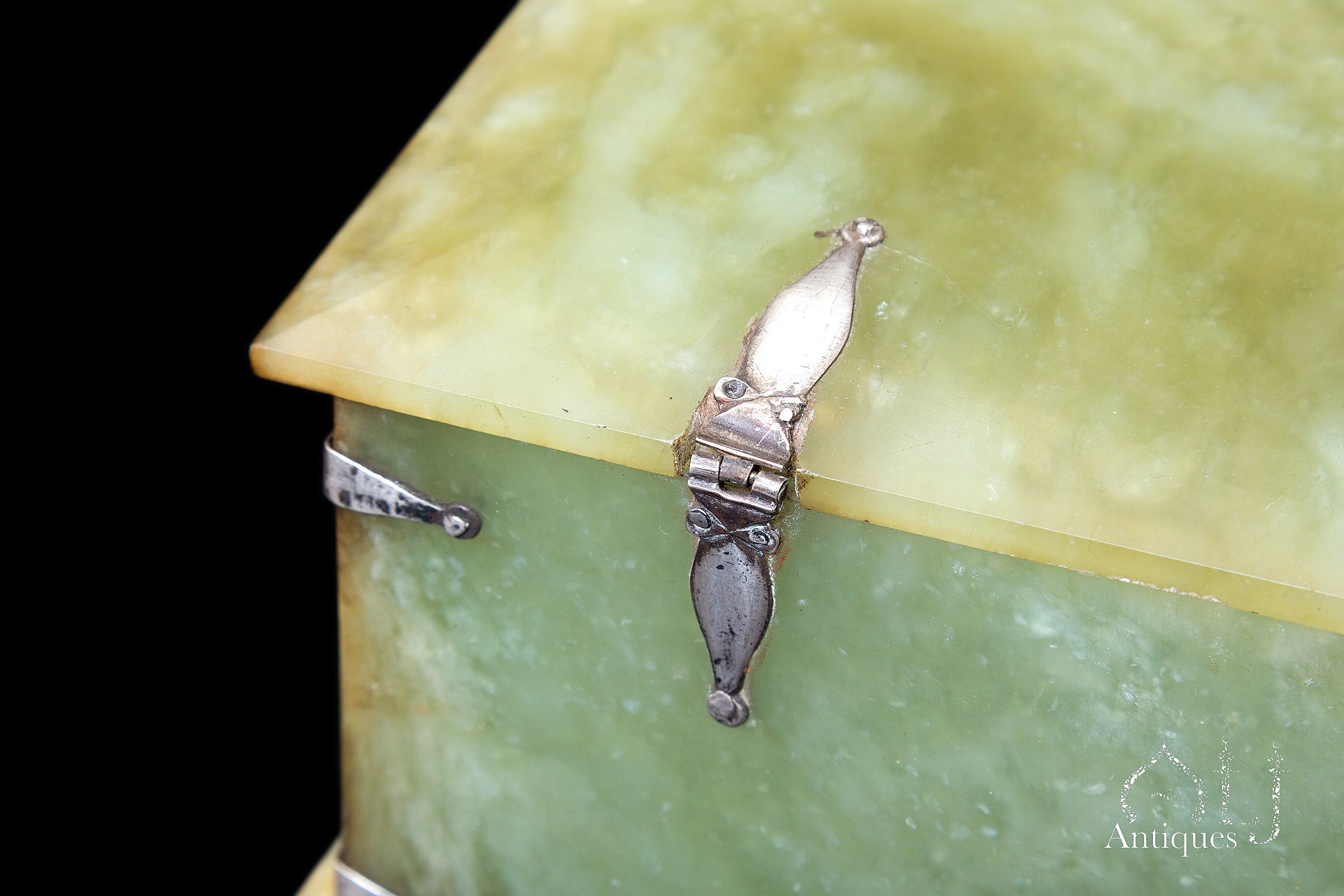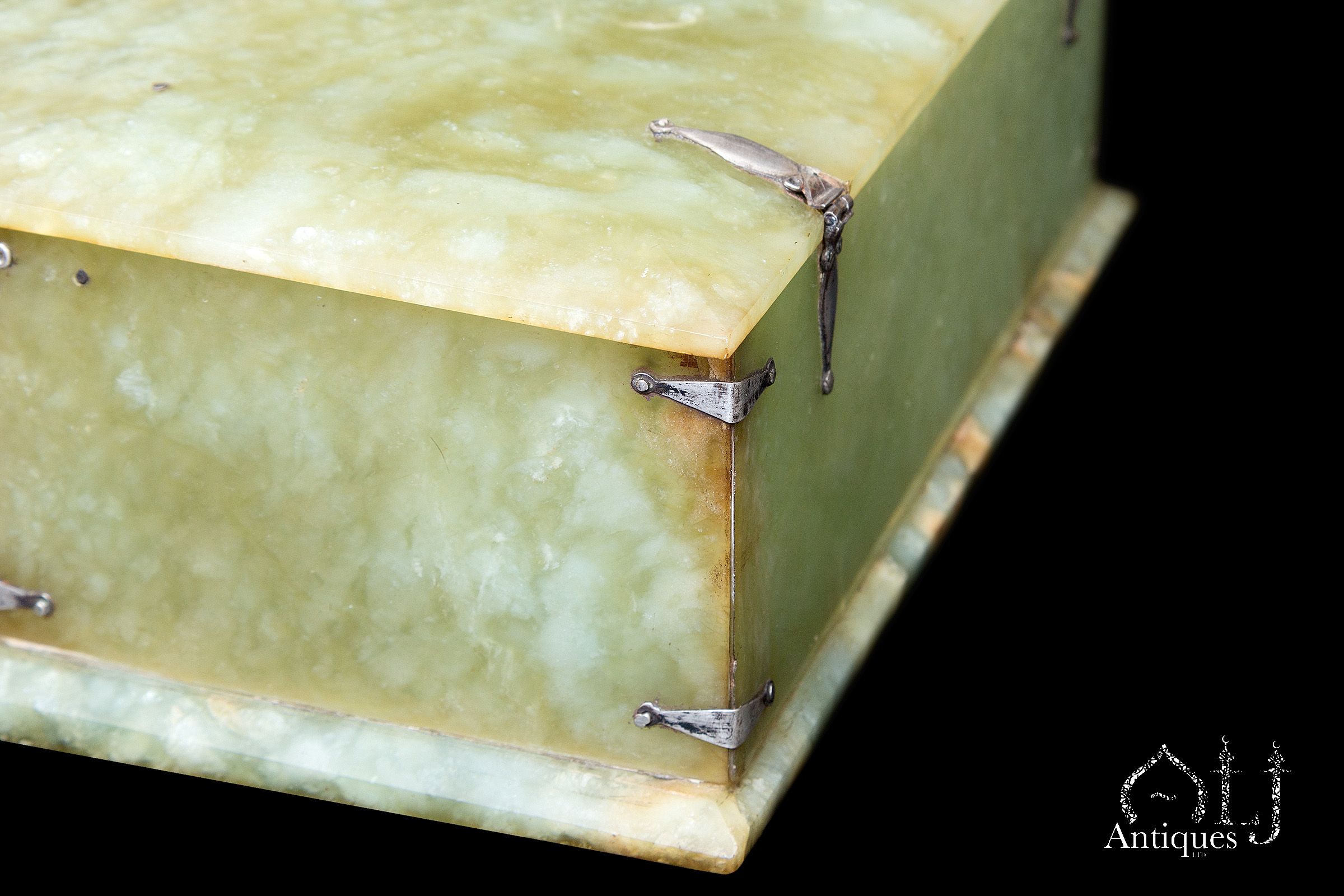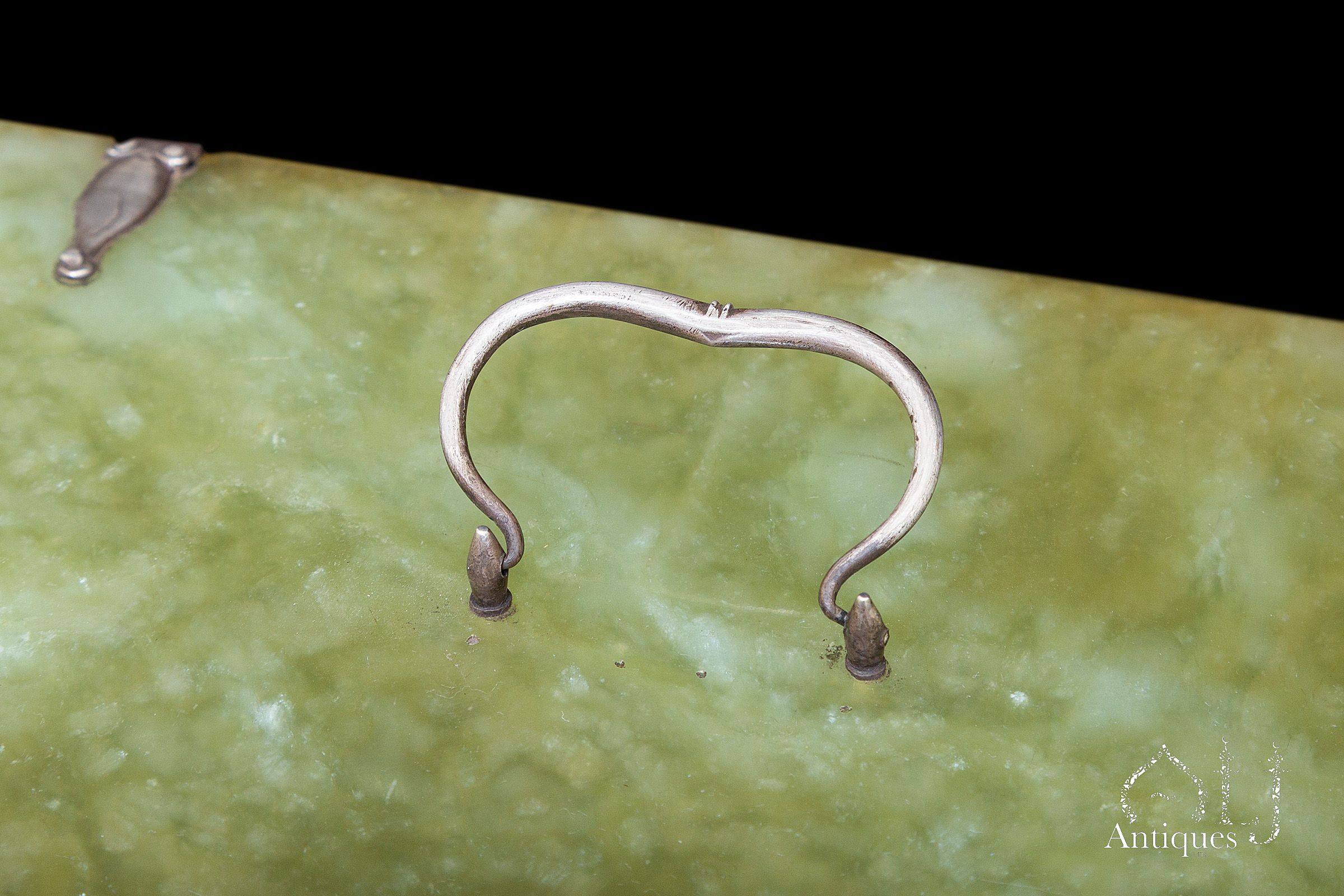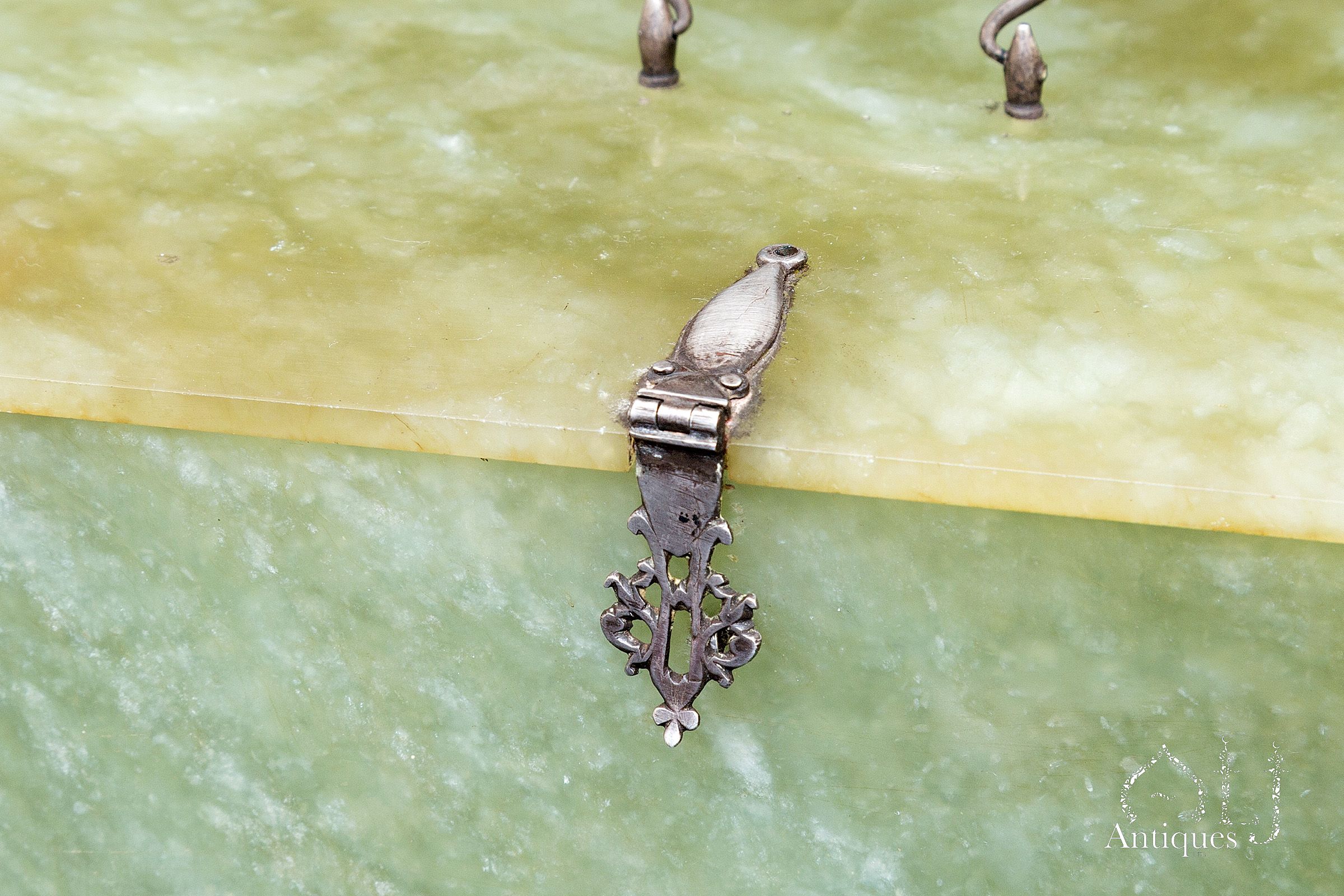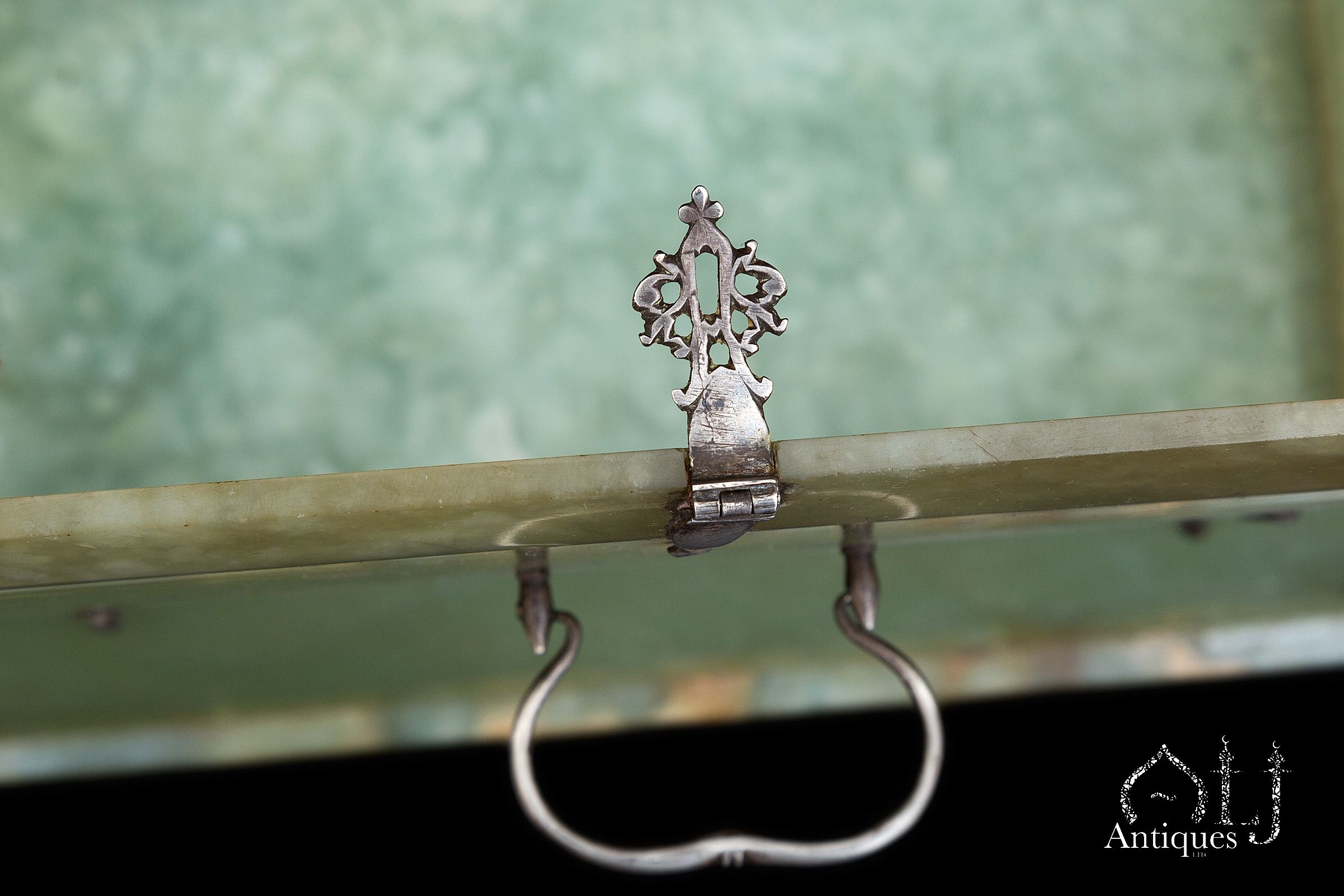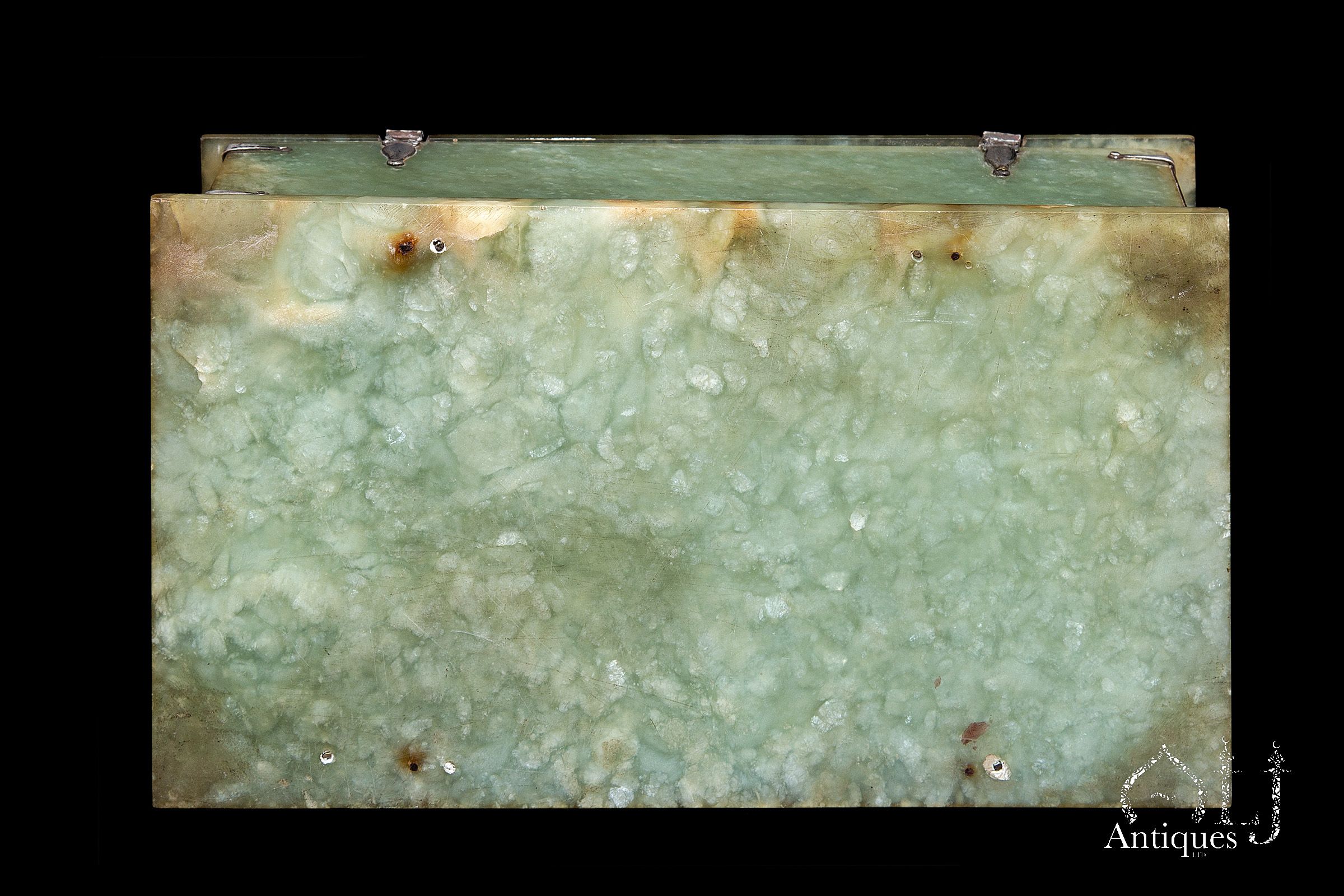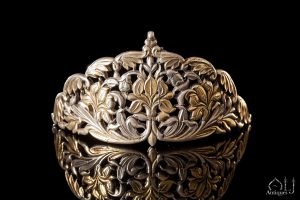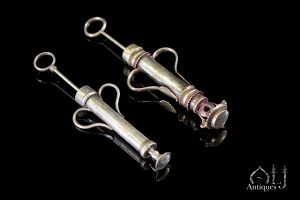Description
Mughal Artifacts, A Fine & Intact Rectangular Shaped Jewelry Casket With Silver Mounts, The Semiprecious-Gemstone Panels are Made of Polished Green Bowenite Which It Has Been Mythically Used For Healing & Protection Powers For It’s Owners, The Mughal Dynasty, Probably Delhi, North India, Late 18th. Early 19th. Century.
The larger than usual jade look alike hard stone of bowenite belongs to the Serpentine stone species, the bowenite is found in different colors such as in various shades of green and yellow.
The bowenite is used as an important element in decorating weapons, jewellery and making beautiful and useable objects such as in our present lot.
The excavation mines of this stone can be found in various places in the world such as in Afghanistan where it was exported to India and to other eastern countries, also the other mines can be found in China, South Africa, New-Zealand & the United States of America.
Important and very well known jewelers had used the bowenite in their Artwork and in the creation of masterpieces such as the Russian jewelers of Faberge.
The magical mythical powers of the bowenite semiprecious stone are believed to be used for healing the body, mind and soul.
The stone is also thought to have protective powers from one’s enemies and evil powers, Also, the stone helps to release the individual’s hidden powers and to find solutions to ones problems through good dreams and to have a good and relaxing sleep, the stone can provide tranquility and healing powers to the head and better hair once washed with the water where the stone is been kept.
The casket lid had been fitted with finely cut silver handle, hinges and clasp.
Interestingly the design of the silver hasp latch and staple had been done identically to the 17th & 18th.centuries Safavid dynasty style of metalwork.
Also finely cut silver attachments have been used with silver pins evenly to fixate the stone panels together.
The silver mounts act as a decorative features and for support and strength.
For additional support the casket’s base is been fitted to the casket panels with pins and plaster look alike material, the interior of the lid is also been attached to the casket’s body with threaded metal with cotton strings.

